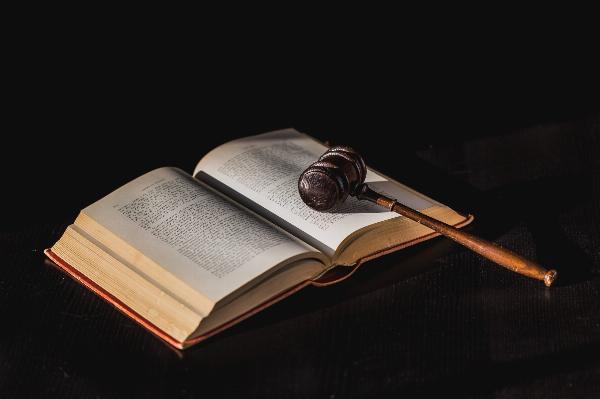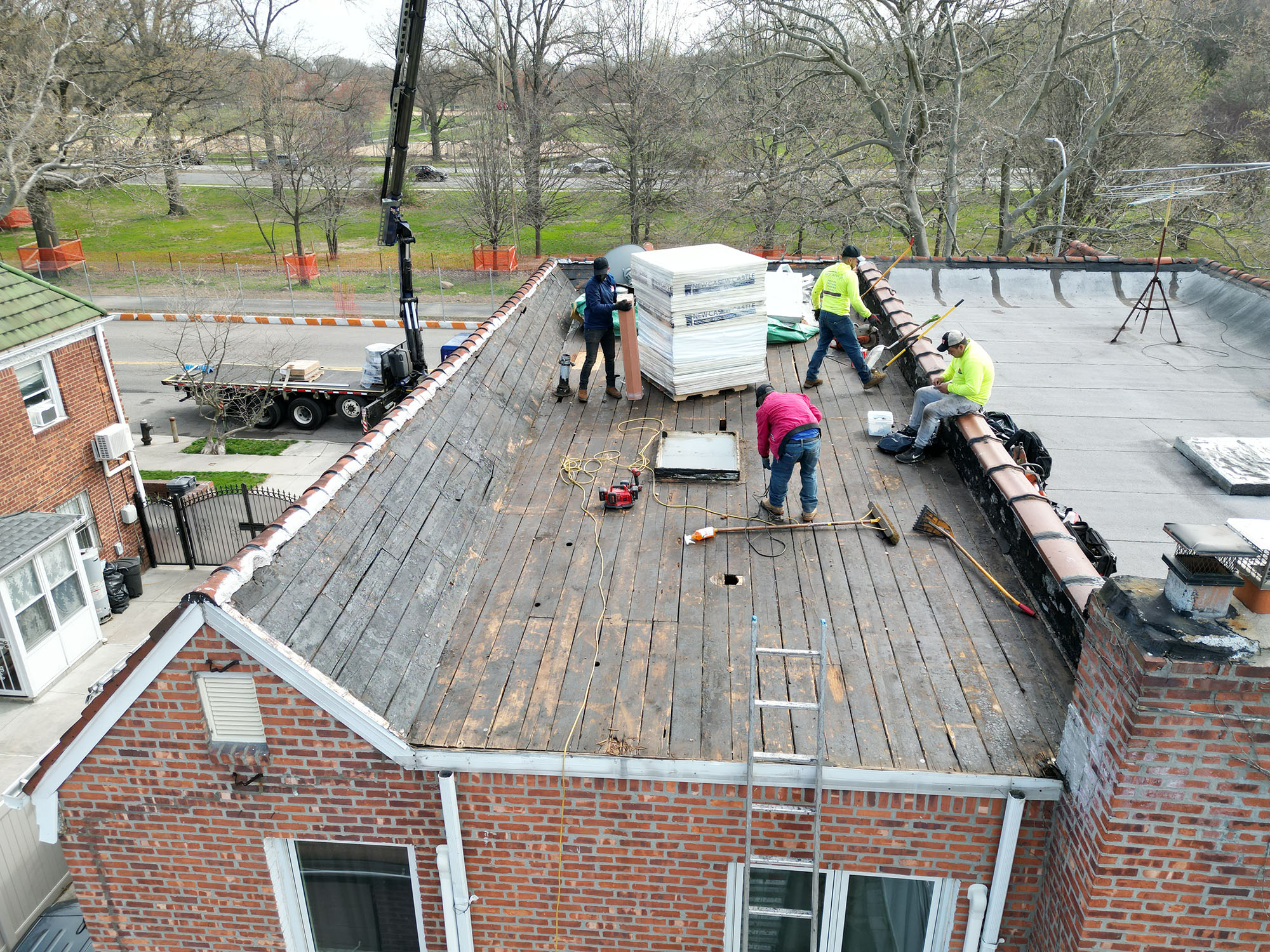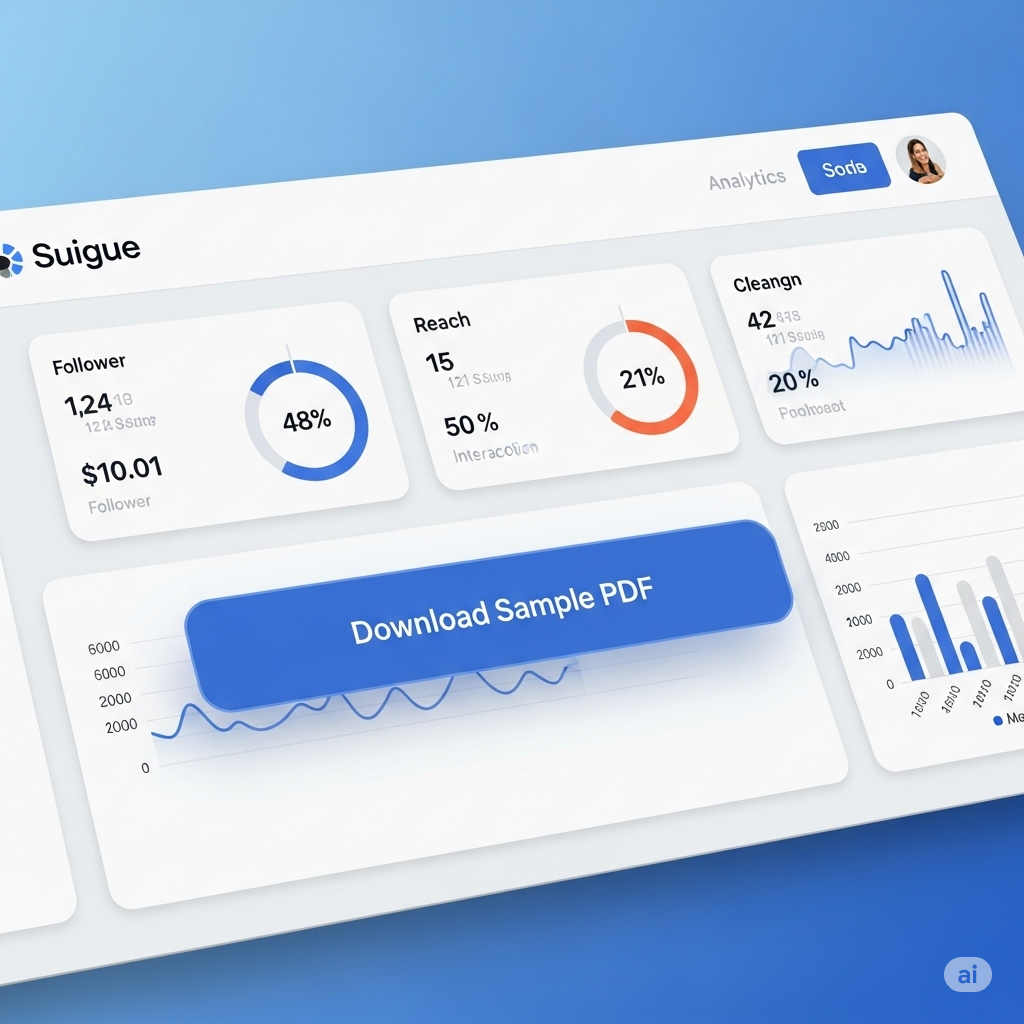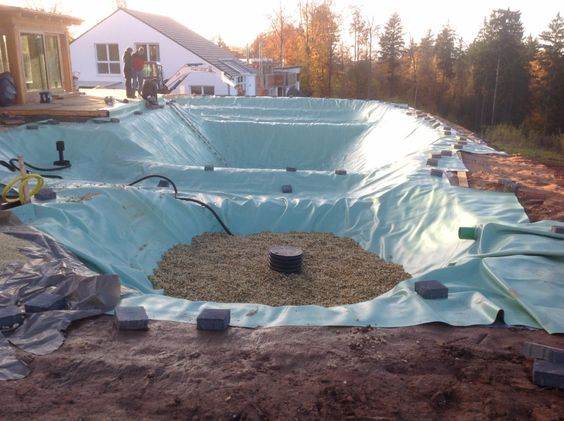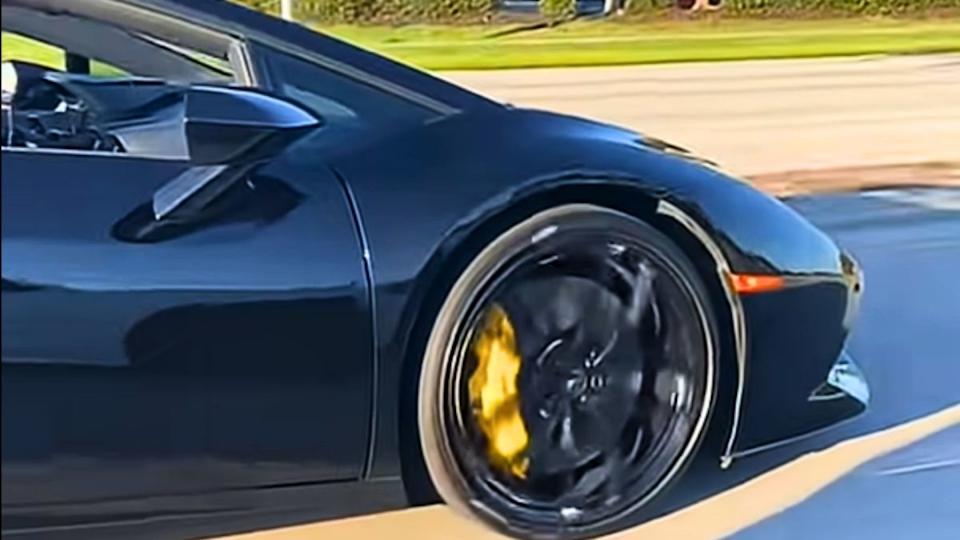WICHITA FALLS (KFDX/KJTL) — After more than six decades, longtime KFDX and KJTL cameraman Steve Corbitt is calling it a career.
“I’ve already retired once, so this is my second retirement,” Corbitt said. “This is official, official, especially according to my wife. I’m about ready to settle back and enjoy life with my wife and family, and my dogs. There are several things that we would like to do together, and, better do it now while I still can.”
For the last 61 years, Corbitt has worked in a handful of different fields.
“An awful lot of it has been news coverage,” Corbitt said. “But an awful lot of it has been production, commercials, politicals.”
Corbitt’s career began in the 1960s in his hometown of Wichita Falls. After a few years, he made the move to the Texas Gulf Coast, joining the team at KPRC in Houston in his early 20s.
“There was a lot of amazing things that happened to me early on because of KPRC,” Corbitt said. “We did several ball games out of the Astrodome. The Astrodome at that time was brand new. The big new wonder of the world. Some of us wound up covering George Wallace. Some of us also ended up covering the racial problems in the South. The Vice President of the United States at that time came to Houston, and we covered that. There was a lot of history being made at that time.”
Speaking of history, KPRC provided national and international news coverage of every NASA space mission, from Gemini 4 in 1965 to the Challenger explosion in 1986, and every single Apollo mission in between.
“The first time that they actually put a crew together to go out to NASA and everything, I got left off of it,” Corbitt said. “So I wasn’t very happy about that.”
But all of that changed in 1970, when Corbitt was a part of arguably NASA’s greatest moment.
“Apollo 13, NBC was the pool situation for all three networks,” Corbitt said. “And an old-time director, Jack Dillon, for NBC, recommended that I be the lighting director on it.”
Corbitt and his fellow KPRC crewmembers headed to Los Angeles, then to Hawaii, and ultimately, Pearl Harbor. Before Apollo 13 even left Earth’s atmosphere, Corbitt and his team boarded the USS Iwo Jima.
While astronauts Jim Lovell, Fred Hays, and Jack Swaggart were preparing for their mission to the moon, Corbitt and the team from KPRC had a mission of their own.
“Our remote trucks for video and everything else, and a lighting truck, and all that, they were all pulled into the hangar bay. They were all parked down there,” Corbitt said. “We had to assemble a studio in their hangar bay. That’s lights, that’s everything, control room, and video tape machines. Video tape machines in those days were as big as that news desk.”
It’s one thing to build an entire working studio on solid ground. It’s another thing entirely to build one on an aircraft carrier while being at the mercy of the South Pacific Ocean.
“On the way, we also went through three days of a typhoon, which was no fun,” Corbitt said.
The KPRC team wasn’t the only crew looking adversity in the face. For days, Americans bowed their heads, hoping and praying that the three astronauts aboard the Apollo 13 would make it home safe.
Then, on April 11, 1970, the Command Module re-entered the Earth’s atmosphere, going radio silent for what felt like an eternity.
“We get to the pickup zone,” Corbitt said. “Communication wasn’t like it is now, and they were saying they didn’t know if they were alive or not. All of our cameras were trained on the UDT team, and everything out there opening up and all this.”
With the world watching, thanks to Corbitt and his team, an entire nation breathed a sigh of relief and rejoiced when the three astronauts emerged from the Apollo 13 Command Module.
“It was a shock to us that they were alive because they’d lost transmission on their way back, and that’s the last we heard of them,” Corbitt said. “They all come out, and we’re just very happy. Extremely. Then, we had to turn around and come back.”
Even now, some 55 years later, Apollo 13 was the highlight of Corbitt’s long, incredible career.
“That stands out as one of the most prominent things, you know. I was so young. That normally doesn’t happen,” Corbitt said. “I felt like I was a part of history.”
Corbitt spent the next several decades in production, film, and photography across Texas, and even beyond, before returning home to Wichita Falls.
“The reason why I came back is because, you know, family,” Corbitt said.
In 2005, Corbitt joined the KFDX family, first as a photojournalist, then moving to the studio, where he’s played a number of roles on the production team. Of course, Texoma probably knows him best from his cameos on the morning show.
Things are going to be different around the studio in the mornings without Corbitt, and it goes without saying, he will certainly be missed.
“I think my time spent here has been well-spent,” Corbitt said. “I’ve met some very good people, I’ve worked with some really great people, and I will regret not seeing some of them every day.”
“A lot of people that I’ve done interviews with over the years and so on, I’ve gotten to become very good friends with,” Corbitt said. “And I’m going to miss seeing them, because a lot of them come in once a week or once a month.”
After a career of over 60 years, the last twenty spent here with us, from the entire KFDX, KJBO, Texoma’s Fox, and Texoma’s Homepage family, thank you, Steve, and congratulations on a well-deserved retirement.
Copyright 2025 Nexstar Media, Inc. All rights reserved. This material may not be published, broadcast, rewritten, or redistributed.
For the latest news, weather, sports, and streaming video, head to Texomashomepage.com.


